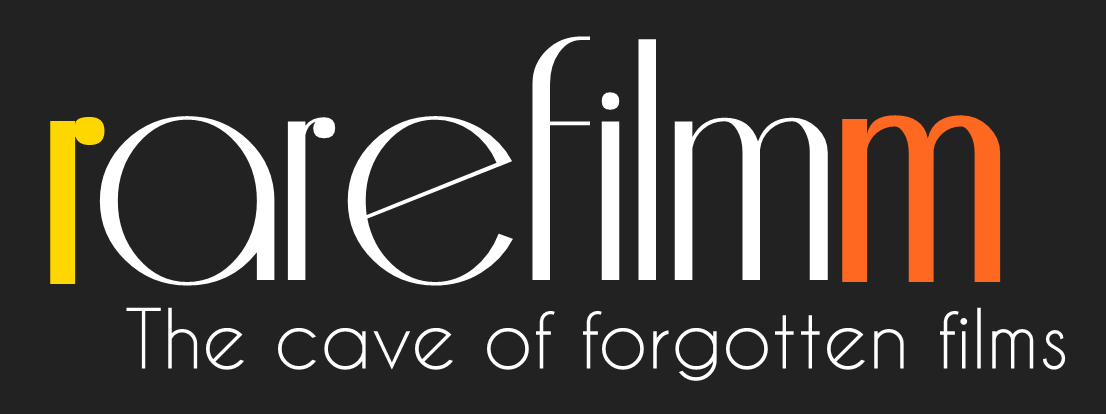Chronicle of the Years of Fire portrays Algeria’s struggle for independence from French colonial rule. The story follows a peasant’s migration from his drought-stricken village to his eventual participation with the Algerian resistance movement, just prior to the outbreak of the Algerian War of Independence.
Tag: FHD
Ibrahim Shaddad’s graduation film Jagdpartie, which he shot at the Deutsche Hochschule für Filmkunst Potsdam-Babelsberg, is a treatise on racism. Shot in a forest in Brandenburg, it uses the Western genre to portray a black farm worker pursued by a mob of white men. The film dramatizes working-class solidarity across the color line, signally achieved through shared labor, but culminates in the violent foreclosure of this common horizon.
Louise lives alone and seems to like it that way. She has been through a divorce and the recent death of her mother. Recently, she has moved to Annecy, a moderate-sized city, to take work as a schoolteacher. She encounters a much younger man, Luigi, an Italian who is down on his luck. Though he moved to France to find work, he was robbed of his money and papers and is stranded. When he helps her bury her dogs, which her neighbour has poisoned for barking, their relationship grows to a new level.
Louis Trebor, a man nearing 70, lives alone with dogs in the forest near the French-Swiss border. He has heart problems, seeks a transplant, and then goes in search of a son sired years before in Tahiti. Told elliptically, with few words, we see Louis as possibly heartless, ignoring a son who lives nearby who is himself an attentive father to two young children, one named for Louis. He leaves his bed one night – and his lover – to kill an intruder; he dreams, usually of violence. Will his body accept his heart? Will his son accept his offer?
In a small village in Yugoslavia during the German occupation, a girl, Lenka, lives with her blind brother, while her father and boyfriend fight. One day they return with the Nazis on their tail.
In her second feature (and her first solo feature), the multidisciplinary artist Niki de Saint Phalle pursues her own take on the fairy tale, and the result is a visionary exploration of female desire that unfurls according to the logic of dreams and poetry. The film follows a princess (played by Saint Phalle’s daughter, Laura Duke Condominas) who, following a series of encounters with fantastical beings, is magically transformed into an adult, and finds herself navigating a frightening and surreal new world. A work suffused with ideas and strong ties to Saint Phalle’s work in other media (sculpture, painting, assemblage, etc.), Un rêve plus long que la nuit is both an exemplary artist’s film and an underseen gem of 1970s French avant-garde cinema.
Young lesbian parents Shareen and Claire are raising their 5-year-old daughter Honey in a converted garage on Staten Island. Shareen salvages refuse with her pickup truck while Claire waits tables at the hip Naga Saki restaurant in Manhattan, caught up in a global exchange of industrial waste via contaminated sushi. As a ghost barge bearing nuclear refuse circles the planet in search of a willing port, household pets begin to glow ominously, then disappear; and people start speaking in tongues. The crisis escalates when a multinational corporation is implicated, the couple’s daughter Honey mysteriously vanishes, and a group of young New Yorkers strike back in an unlikely alliance with activists in the developing world.

 For any questions or requests you can always find me at rarefilmm@gmail.com. Stay tuned for those new movies! Thank you once again for all the love and support and thanks a lot to everyone who keeps spreading the word about the site, the rarefilmm community is truly amazing, I'm very grateful for all your love and support
For any questions or requests you can always find me at rarefilmm@gmail.com. Stay tuned for those new movies! Thank you once again for all the love and support and thanks a lot to everyone who keeps spreading the word about the site, the rarefilmm community is truly amazing, I'm very grateful for all your love and support 
